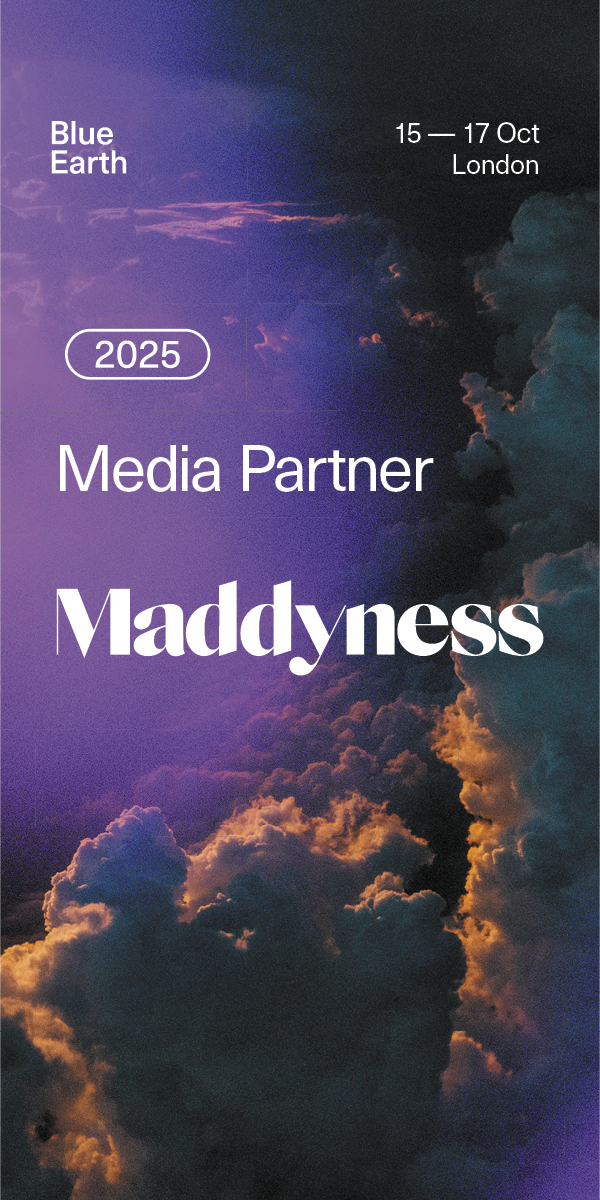One such online service is Safe Places. The director, Andrew Culkin, told Maddyness that the service has been a lifeline for vulnerable people across the UK to feel protected in their communities.
“Our view from inception has always been that all vulnerable people who need help should get help right away,” he explained.
Originally a disparate network of community organisations and local businesses offering a sticker-designated safe space for those who needed it, Safe Places’ National Network has since united a patchwork system into one community using the same technology.
“Several schemes were set up in different districts across the UK independently, and they didn't work together," said Andrew. "We knew technology could play a bigger part in bringing them together.”
The Safe Places app now allows vulnerable people to find a safe space when they feel threatened walking the streets. A ‘get me to my nearest safe space’ panic button will bring up a local map of safe spaces; local businesses, community centres, hotels and restaurants in the area that have signed up to the scheme. If none can be found within a 15-minute walk, the app will immediately offer to dial an emergency number.
The app is now being used by local Safe Places scheme operators such as FOR Cardiff, which recently co-opted the technology to create brightly lit billboards. People who feel at risk on Cardiff’s streets can scan a QR code on the boards, which will direct them to the Safe Places app and to their nearest safe space.
In the wake of what has been described as an epidemic of violent attacks against women, the scheme – which is currently in place for freshers’ fortnight – aims to help young women and other students feel safer in the city.
Adrian Field, executive director of FOR Cardiff, said, "Our ambition is to make Cardiff a city where women feel confident and welcome when walking through the capital, night or day.”
Keeping the technology simple
Since the app is often used by a vulnerable person in need of help, the technology needed to be simple to use. Plus, local schemes are managed by regional operators like FOR who input their safe places data to the website independently, meaning the technology needed to be accessible not only across multiple devices, but multiple community schemes.
Adam Hoyle, who designs and develops the app’s technology, said that simple and accessible technology was a priority from the outset.
“The website acts as the database and then the app is built using a code that powers both the Android app and the iPhone app. Given the audience, we needed to make sure that we were supporting as many devices as possible,” he said. “It's just about trying to make it as simple as possible.”
Thanks to recent support from Google, the app now responds to voice activation technology, meaning users only need to download the app on their phone where they can then activate a search for a local safe place.
“You don't even need to think about the fact that you've got the app until you need it,” said Adam. “You just say the phrase and it will help you.”
Apps shouldn’t be necessary to keep us safe
But more recently, fresh debate has been sparked about who is responsible for keeping our streets safe, especially for women. While technology may help us feel more reassured walking alone, spending time developing technologies and resources like apps has been criticised by activist groups and individuals for placing responsibility on victims of violence to protect themselves.
“I really wish that Safe Places wasn't necessary. But the reality is that it is,” said Andrew.
“Safe Places will always be necessary to offer support to people with anxieties, if they’ve lost their phone or money, for example. I just wish it wasn’t necessary because people are unsafe on our streets.”
Safe Places technology is now supported by a range of educational tools and resources which can be used by local member schemes to understand and educate others on the needs of the most vulnerable groups in the UK, including those with learning difficulties, illnesses or anxieties about being out on the streets.
“It might be a vulnerable young mum with postnatal syndrome anxious about getting into their community, or it might be women or girls with learning disabilities who are often victims or crime. Safe Places isn't just about one person being able to get some help: it's about the whole community protecting each other and understanding each other,” added Andrew.
“The reality is that the more known you are and the more visible you are, the safer you are, but the idea is that we need to get to a point where Safe Places isn’t necessary. We need to stop people hurting people.”










